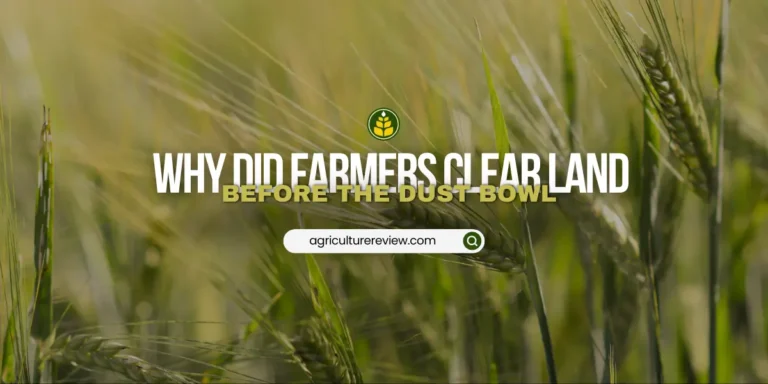जैथ्रो टुल (1664 – 1741), जिन्हें जुताई का जनक माना जाता है, 18वीं सदी की कृषि क्रांति में बीज बोने की मशीन (सीड ड्रिल), घोड़े द्वारा खींची जाने वाली कुदाल और उन्नत हल जैसी महत्वपूर्ण कृषि खोजों के लिए प्रसिद्ध हैं। हालांकि उन्होंने 1699 में ऑक्सफोर्ड विश्वविद्यालय से कानून की पढ़ाई पूरी की थी, लेकिन 1700 में अपने पिता की जमीन पर खेती में रुचि लेने लगे और उसी में सक्रिय हो गए।

इस प्रक्रिया के दौरान, टुल ने देखा कि स्थानीय किसान खेत में बीज बोने के लिए हाथ से बीज छिड़कते थे, जिससे काफी बीज बर्बाद हो जाते थे। इस समस्या का समाधान निकालने और कार्यक्षमता बढ़ाने के लिए उसने 1701 में घोड़े से खींची जाने वाली एक यांत्रिक सीड ड्रिल (बीज बोने की मशीन) का आविष्कार किया।
टुल द्वारा विकसित बीज बोने की मशीन (सीड ड्रिल) में एक घूर्णनशील सिलेंडर था, जिसमें ऊपर की ओर रखे हौपर (बीज पात्र) से बीज नीचे की ओर लगे फनल तक जाने के लिए खांचे बने होते थे। मशीन के आगे की ओर हल (प्लाउ) जुड़ा होता था और पीछे की ओर मिट्टी को समतल करने वाला हैरो। हल द्वारा बनाई गई नाली में बीज गिरते थे और हैरो से वे ढक जाते थे। इस तकनीक से बीज एक निश्चित दूरी और गहराई पर पंक्तियों में बोए जाते थे।
जिथ्रो टुल ने जुताई और बुवाई की दूरी के महत्व पर भी ज़ोर दिया, जो सफल फसल उत्पादन के लिए आवश्यक है। फसलों के बीच उचित दूरी रखने के उनके विचार के कारण उनकी एक और खोज — घोड़े से चलने वाला निराई यंत्र (Horse-drawn Hoe) — मुख्य फसल को नुकसान पहुंचाए बिना खरपतवार हटाने में उपयोगी साबित हुआ।
हालाँकि, उनकी सभी थ्योरी और आविष्कार उतने उपयोगी नहीं थे। टुल का यह भी मानना था कि जानवरों की खाद फसलों की उर्वरता के लिए बेकार है और फसलें पोषक तत्व मिट्टी के बहुत ही सूक्ष्म कणों से प्राप्त करती हैं, जिसके लिए विशेषज्ञों ने उनकी आलोचना की। इसके अलावा, उनके आविष्कार उनके जीवनकाल में बहुत लोकप्रिय नहीं हो सके, बल्कि उनके आविष्कार में गियर जैसी तकनीकी सुधारों के बाद, करीब 100 साल बाद आम उपयोग में आए।
यदि आपका कोई प्रश्न, विचार या सुझाव है तो कृपया नीचे टिप्पणी करें। आप फेसबुक, इंस्टाग्राम, कू और व्हाट्सएप मैसेंजर पर भी एग्रीकल्चर रिव्यू से जुड़ सकते हैं।





